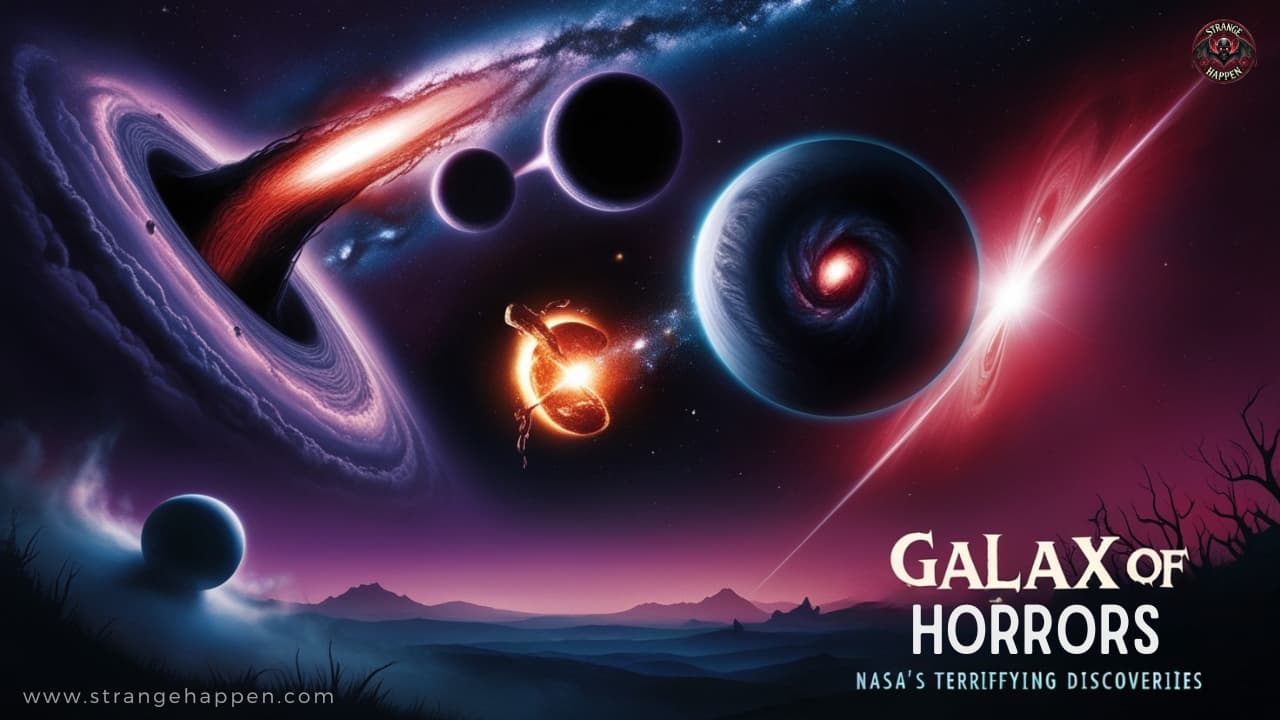Solar System Sounds

Astronomical Ensemble: The Strange Solar System Sounds
Solar System Sounds, The Sun, our nurturing star, isn’t just a wellspring of light and intensity yet in addition an entertainer in an undetectable ensemble. While we can’t hear it, the Sun produces sound as strain waves. These waves offer an exceptional understanding of the internal functions of our star, even though they are a long way past the scope of human hearing.
The Nature of Solar System Sounds
The Sun produces sound through pressure waves, which are vibrations going through its vaporous layers. These waves, known as sun-oriented acoustic waves, start from the fierce and dynamic cycles happening inside the Sun’s inside.
The Science Behind Solar System Sounds
- Pressure Waves: The strain waves produced by the Sun have frequencies estimated in many miles. These are fundamentally bigger than the frequencies of sound waves that we can hear, which regularly range from around 1 millimeter to a couple of meters.
- Recurrence and Discovery: Given their massive frequency, these sunlight-based pressure waves fall outside the scope of human hearing, which is ordinarily between 20 Hz and 20 kHz. Researchers utilize particular instruments and methods to distinguish and break down these waves, giving significant data about the Sun’s interior design and conduct.
Solar System Sounds: Why We Can’t Hear It
Human ears are planned to distinguish sound waves inside a specific extent of frequencies and frequencies. Sun-powered pressure waves, with their significantly longer frequencies, don’t fall inside this reach. Subsequently, while the Sun is creating these waves continually, they stay indiscernible to us.
The Importance of Solar System Sound Waves
Notwithstanding our inability to hear them, these sun-fueled acoustic waves are basic for sun-situated actual science. By focusing on the Sun’s pressure waves, scientists can:
Test the Sun’s Inside: Assessment of these waves helps specialists with sorting out the internal plan and components of the Sun, including its middle and outer layers. This data is fundamental for understanding how energy is created and shipped inside the Sun, adding as far as anyone is concerned of heavenly advancement.
Screen Sun-controlled Action: Changes in the approach to acting of sun-arranged pressure waves can give pieces of information into sun-based activity, including quirks like sun-situated flares and sunspots. By checking these waves, researchers can anticipate sun oriented action, which is pivotal for safeguarding satellites and electrical networks on Earth from the possibly unsafe impacts of sun powered storms.
Upgrade Space Climate Forecasting: Understanding sunlight based sound waves likewise supports further developing space weather conditions anticipating, considering better readiness for space climate occasions that can affect innovation and space explorers in circle. By connecting wave designs with sun oriented occasions, specialists can foster models to foresee how these peculiarities will impact the planetary group’s current circumstance.
Widen Our Vast Perspective: The investigation of these sound waves additionally extends how we might interpret the more extensive enormous climate, offering hints about the way of behaving of different stars and heavenly bodies. This examination can assist us with making associations between the planetary group and other heavenly frameworks, enhancing our general cognizance of the universe.
Solar System Sounds Conclusion
“Solar System Sounds” is a huge sign of the complexities and wonders of our universe. While we will probably not be able to hear the Sun’s strain waves, their survey opens a window into the inner tasks of our star, updating how we could decipher the sublime body that upholds life in the world.
Every planet, moon, and, surprisingly, the vacant spaces in our nearby Solar System contribute one of a kind acoustic marks that mirror their singular qualities. By investigating these sounds, researchers can acquire bits of knowledge into planetary airs, attractive fields, and, surprisingly, the potential for life past Earth. The sonic scene of the nearby planet group dazzles our creative mind as well as develops how we might interpret the universe we possess.




